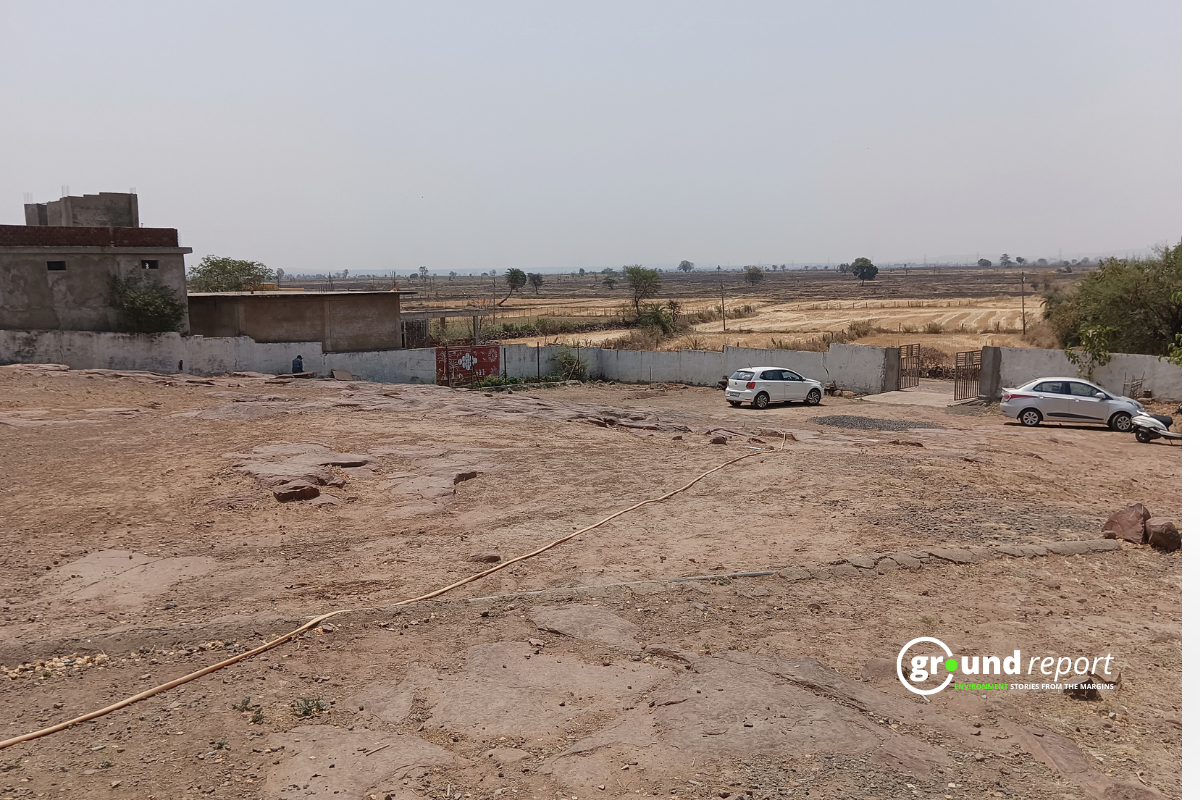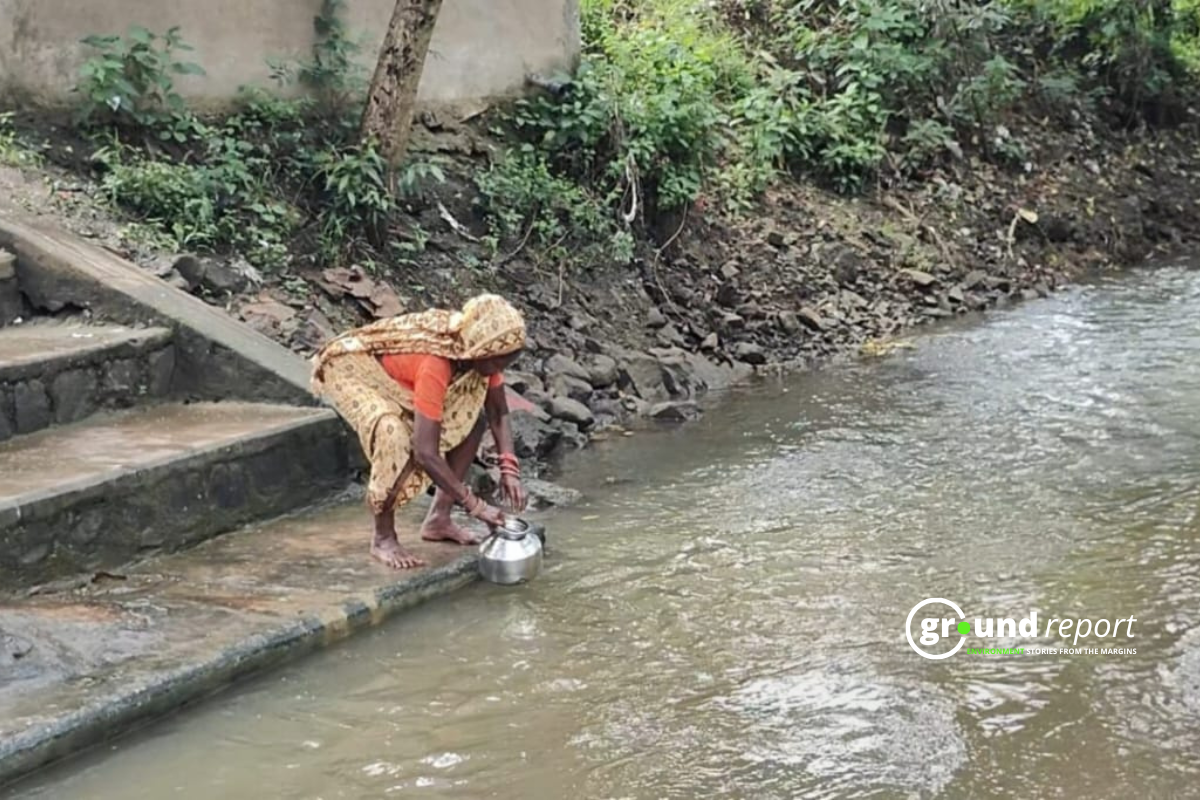A new report reveals the severe impact of this summer’s heat waves in India, highlighting discrepancies between reported and actual heatstroke deaths. While the Union Ministry of Health and Family Welfare (MoHFW) documented 360 heatstroke deaths, the recent investigation by HeatWatch and the Veditum India Foundation uncovers a significantly higher toll of 733 deaths and over 40,000 heatstroke cases across 17 states.
Heatwave deaths: Media vs. official figures
Between March and June 2024, India faced record-breaking temperatures, with 37 cities exceeding 45°C. The report Struck by Heat: A News Analysis of Heatstroke Deaths in India in 2024 highlights a gap between media reports and official statistics due to inadequate data collection, insufficient awareness among healthcare professionals, and failure to implement government guidelines.
Heatwaves have worsened public health crises, leading to more heat-related illnesses and deaths. According to the latest data, India reported over 40,000 heatstroke cases and at least 110 confirmed deaths (Patel & Agarwala, 2024).
There’s often a discrepancy between media figures and official sources. For instance, conflicting death tolls for the 2015 Gujarat heatwaves: MoHFW reported 17 deaths, the Press Information Bureau (PIB) reported 10, the National Crime Records Bureau (NCRB) reported 52, and the Gujarat State Disaster Management Authority (GSDMA) reported 58 (Press Information Bureau, 2015; GSDMA, 2020). Such discrepancies highlight the need for accurate and reliable data to guide effective policy and response measures.
In response to the crisis, HeatWatch and Veditum India Foundation organized a data gathering exercise on July 27, 2024. The goal was to compare media-reported figures with government data, identify inconsistencies, and recommend improvements for data accuracy and transparency.
The findings underscore the necessity for a unified approach to data collection and reporting, suggesting that a single governing body should oversee heat-related statistics to avoid confusion and ensure reliability.
Election heat protocols ignored, fatal
The report criticizes authorities’ response during mass gatherings. During the 2024 Lok Sabha elections, heat mitigation protocols were allegedly ignored, resulting in preventable deaths.
In Uttar Pradesh, 33 polling officers died from heatstroke due to inadequate cooling facilities at polling stations. Similarly, a presiding officer in Odisha recounted the heatwave’s deadly impact in Kalahandi district during the Vidhan Sabha elections.
Key recommendations include establishing local temperature thresholds for early warnings, mandatory training for healthcare workers, and increased funding for Heat Action Plans (HAP). Despite their importance, HAPs remain underfunded and often implemented reactively in response to media pressure or public outcry.
The report emphasizes the need for a public data system to track heatwave-related deaths. The Integrated Health Information Platform, designed to collect state-wise data, remains closed to the public, restricting civil society’s ability to monitor and address the crisis.
Professor Celeste Saulo, Secretary-General of the World Meteorological Organization (WMO), highlighted the severe underreporting of heatwave-related deaths and economic losses in India. HeatWatch’s findings reinforce these concerns, calling for more transparent and timely reporting of heatstroke cases.
HeatWatch deaths far exceed MoHFW
The report data contrasts starkly with the official figures. HeatWatch reported 193 heat-related deaths in Delhi, while the MoHFW recorded only 25. In Uttar Pradesh, HeatWatch counted 205 deaths versus MoHFW’s 52. Similar mismatches exist across states, with HeatWatch’s total of 733 deaths vastly exceeding MoHFW’s 360.
| State | Heat-related deaths, according to HeatWatch | Heat-related deaths, according to MoHFW data |
|---|---|---|
| Maharashtra | 10 | 23 |
| Karnataka | 8 | 5 |
| Kerala | 7 | 1 |
| Tamil Nadu | 5 | 15 |
| Andhra Pradesh | 5 | 11 |
| Delhi | 193 | 25 |
| Uttar Pradesh | 205 | 52 |
| Madhya Pradesh | 13 | 18 |
| Himachal Pradesh | 1 | 9 |
| Haryana | 5 | 4 |
| Gujarat | 19 | 2 |
| Rajasthan | 44 | 17 |
| Odisha | 110 | 26 |
| Bihar | 89 | 37 |
| West Bengal | 4 | 102 |
| Jharkhand | 14 | 11 |
| Assam | 1 | 2 |
| Total | 733 | 360 |
The India Meteorological Department (IMD) confirmed the heatwave’s severity, noting unprecedented nighttime temperature increases. In Alwar, Rajasthan, the June 18 minimum temperature reached 37°C, the highest in 55 years.
Delhi’s average nighttime temperatures in May and June soared to 28.9°C, the highest in the 21st century. The IMD classified many of these nights as “severe warm,” a newly used term in weather forecasts this summer.
The report’s methodology involved a day-long data sprint, where researchers digitized news articles on heatstroke deaths from March to June 2024. The focus was on urban areas to assess the impact of Urban Heat Islands (UHIs), which exacerbate heat-related illnesses due to factors like deforestation and high-density construction.
The study’s reliance on English-language media and limited geographic focus may have missed regional nuances, but it provides a comprehensive overview of the crisis.
Support us to keep independent environmental journalism alive in India.
Keep Reading
The costliest water from Narmada is putting a financial burden on Indore
Indore’s Ramsar site Sirpur has an STP constructed almost on the lake
Indore Reviving Historic Lakes to Combat Water Crisis, Hurdles Remain
Indore’s residential society saves Rs 5 lakh a month, through rainwater harvesting
Follow Ground Report on X, Instagram and Facebook for environmental and underreported stories from the margins. Give us feedback on our email id greport2018@gmail.com.
Don’t forget to Subscribe to our weekly newsletter, Join our community on WhatsApp, and Follow our YouTube Channel for video stories.








